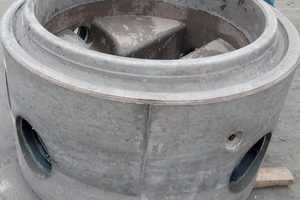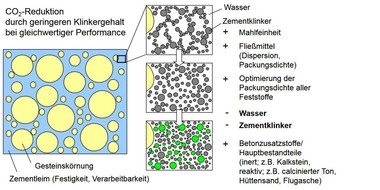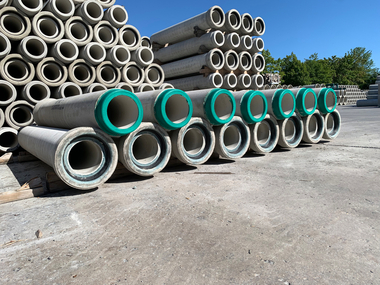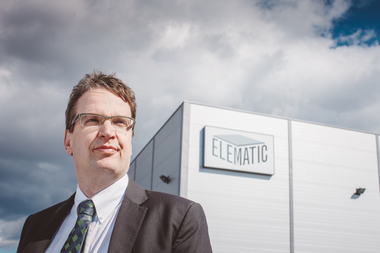Production, testing, approvals and practical use
In the context of mitigating climate change, one of the key demands is to reduce the CO2 emissions generated in the production of cement and the concrete containing it. However, since the process of producing cement clinker is invariably associated with CO2 emissions, the related efforts of the cement industry concentrate not only on increasing energy efficiency and using alternative fuels but also on the substitution of cement clinker. Both cement and concrete producers are in a position to reduce the ratio of cement clinker. In the concrete industry, the preferred substitute is coal fly ash, which is becoming increasingly scarce as a result of the transition to renewable energy sources. During the past few years, research has given rise to a growing number of alternative solutions. Betonwerk Bieren tested two of these approaches in the production of precast elements.
The first project on geopolymer concrete was launched in 2017. In this case, the entire binder system is substituted by a binder capable of alkali activation in combination with a specially designed activator. In the individual project phases, both an easily compactible concrete and a self-compacting concrete successfully passed a series of tests. There was no need for changing or adapting the concrete production process in the course of the tests.
The second project started in 2018 and involved the use of different types of calcined clay as concrete admixtures. In this project, two fundamentally different types of concrete were successfully tested, namely no-slump concrete and self-compacting concrete. In the fresh state, adding the pozzolanic admixture led to better workability; in the hardened state, it resulted in increased concrete compressive strength. Furthermore, an accredited test laboratory compared three of the test pipes with three reference pipes (produced on the same day), documenting an increase in the compressive strength of the drill core samples as well as in pipe crushing strength by approximately 10%.








